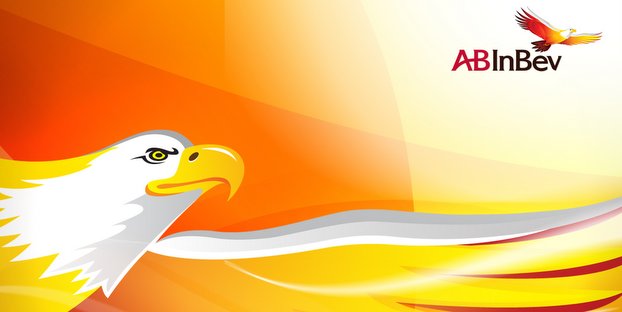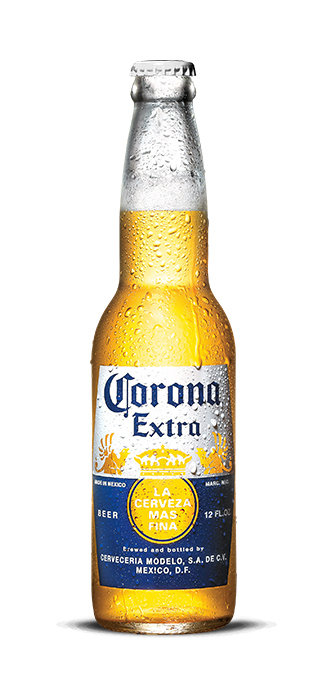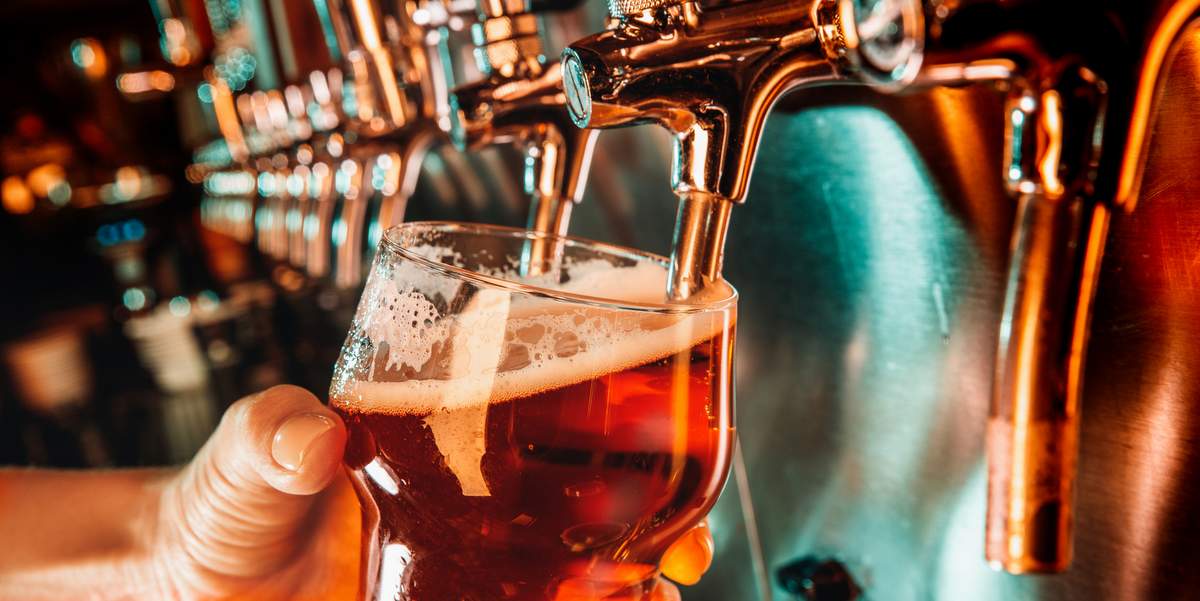
The volume of alcoholic drinks consumed globally has fallen the last two years. It’s a sad sign of our times. Beer is by far the world’s most popular alcoholic beverage (making up about three quarters of all alcohol consumed). According to our previous report, global beer declines accelerated in 2016, with the category down -1.8 percent, compared with a five-year rate of -0.6 percent. Naturally, beer sales in America are also slowing down (especially with increased competition in cider, mixed drinks and spirits). Younger generations just aren’t drinking as much beer (punks), and a recent report by Berenberg estimated total U.S. beer volumes will decline 0.4 percent annually through 2030.
Anheuser-Busch InBev has been feeling this crunch in the United States, but globally it is still very much growing its giant beer business. The company released its third quarter financials last week indicating these very things, and investors were sure to let everyone know that eyebrows were raising and monocles were drooping. From Bloomburg:
“We can’t remember a quarter as bad in the U.S.,” Trevor Stirling, an analyst at Sanford C. Bernstein, wrote in a note to investors. “The underlying business remains incredibly weak.”
The so-called premium beer category, which includes Budweiser, is under growing pressure in the U.S., Chief Financial Officer Felipe Dutra said on a call with reporters. While the company is investing $2 billion to try to reignite growth, consumers are increasingly seeking out craft and regional brews — mirroring a broader consumer shift toward niche labels in categories ranging from coffee to condiments.
Folks were quick to note that AB InBev also blamed the hurricanes for slumping sales. According to their report, “The gap between STWs [sales to wholesalers]and STRs [sales to retailers] is attributable to disruptions from major hurricanes in Texas and Florida, but we expect this gap to be reduced in 4Q17 as STWs and STRs tend to converge on a full year basis. Our revenues, which are based on our STWs, decreased by 5.6% in 3Q17 and by 2.8% in 9M17. Revenue per hl grew by 0.9% in 3Q17 and by 1.3% in 9M17.”

Competition has never been so fierce. With nearly 6,000 craft breweries operating in the United States, the megabrewer is battling regionally-marketed products on a difficult local level. Plus, the big growth market right now is Mexican-style imports. Constellation Brands is murdering it right now. Its stock (STZ) is up some 600 percent over the past five years, outperforming even tech sweethearts like Facebook and Amazon. The Victor, N.Y., based company announced a massive 17 percent increase in sales in April. Constellation owns brands like Corona and Modelo in the United States, which Americans are clamoring for (especially in hot climates), plus they own exactly one zillion other wine, spirits and beer nameplates (including Ballast Point).
AB InBev has made no secret that it plans to cut costs to make up the difference here. In September, the company announced it was laying off 380 employees from its High End division. It’s also hinted that it doesn’t plan on buying anymore craft breweries in the United States. The High End division is AB InBev’s umbrella business for craft and imports. Within it, AB InBev owns these 10 brands: Goose Island, Blue Point Brewing, Elysian Brewing, 10 Barrel Brewing, Golden Road Brewing, Four Peaks Brewing, Breckenridge Brewery, Virtue Cider, Devils Backbone Brewing and Wicked Weed Brewing Co. Instead of buying new ones, “Our focus is going to be organic,” said High End President Felipe Szpigel in September. In between, it will be shaving the fat.
So far, AB InBev has increased earnings mostly by cutting costs, consolidating back-office functions at acquisitions such as former giants Interbrew and Anheuser-Busch.
….
AB InBev said it now expects financial benefits from its takeover of SABMiller to reach $3.2 billion by October 2020, up from an earlier estimate of $2.8 billion, which had already been raised from an initial $2.4 billion.
Now it expects procurement and engineering savings, as well as sharing know-how held by the two companies, to play a bigger role in cutting costs. The brewer said the measures will also lead to one-time costs of $1 billion, which is $100 million more than its previous estimate.
Long story short: AB InBev is struggling in the United States, but it’s growing globally as a whole. Revenue for the company still grew by 3.6 percent in the third quarter of 2017. Continued strong growth in Mexico, Argentina and Africa more than offset soft shipment volumes in America. On October 11, the company celebrated the first anniversary of its combination with SAB, and the megabrewer is looking forwarding to homogenizing the two giants to cut costs. BUT, its major brands Budweiser and Bud Light still continue to underperform in American markets, which should give craft brewers hope and insight into taking some market share from the world’s biggest brewer.





Lee Cation says
no sad times for craft! buzz off marco
Paul Greenwald says
Awwww.
David Lucas says
The Death Star is losing altitude!
Kenny Ronald Graley says
Tom Parrish
Jon Untiedt says
Stop trying to take over our craft InBev. Our money talks asshats!